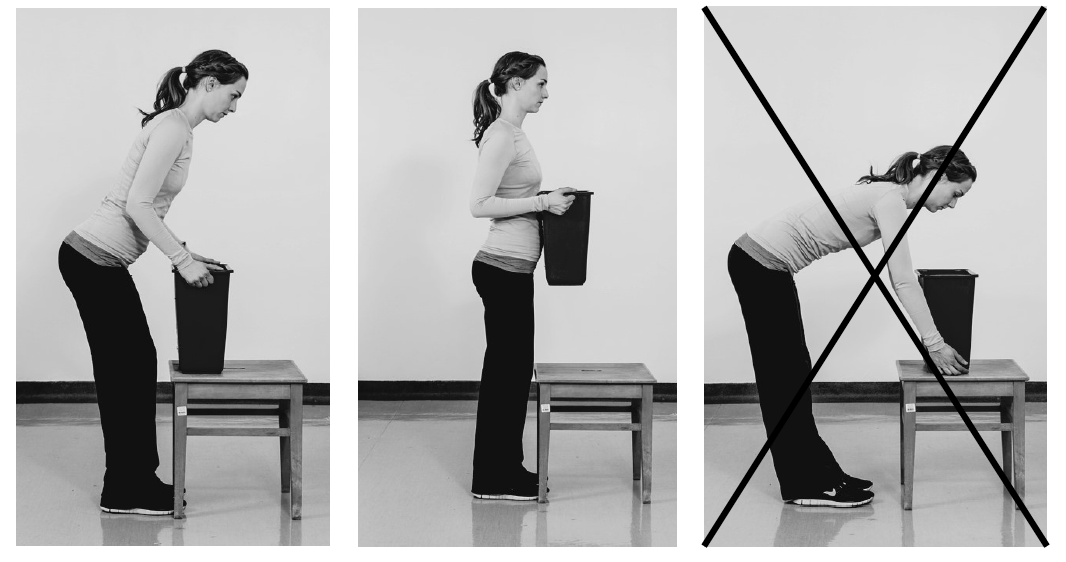Resuming activities after total hip replacement
The below information is intended to be a general guideline. Please always follow the advice of your surgeon. Exercises under the heading potentially permitted at 3-6 months, are to be cleared by your surgeon before resuming. Ask your surgeon if you want to return to an activity that is not listed below.
Permitted at 6-8 weeks
- Swimming, unless surgeon has said otherwise
- Increase walking endurance
- Golfing (putting and chipping only)
- Stationary bike (upright or recumbent)
- Elliptical/ Treadmill (Walking only)
- Weight training: Upper body, core strength
- Driving a car, unless surgeon has said otherwise
- Tai Chi/Pilates*
Permitted at 3 months
- Gardening
- Bowling/lawn bowling
- Curling
- Golfing
- Outdoor cycling
- Dancing
- Weight training - lower body*
May be allowed at 3-6 months (must discuss with your surgeon first)
- Downhill/cross-country skiing
- Horseback riding
- Skating/snowshoeing
- Canoeing/kayaking/rowing*
- Yoga*
- Tennis/pickleball (doubles)
- Hockey
Note: With any exercise class your instructor should be aware of your surgery
* Avoid forceful repeated maximum bending of thigh to trunk. Stay within a comfortable range of motion for all activities (including sexual activities)
* If using the leg press, do not bend your hip more than 90 degrees. Start with a maximum of 25% of your body weight and progress slowly to a maximum of your full body weight. Only progress weight once comfortable with 3 sets of 15 reps.
The following activities are generally not recommended after hip replacement: running, jogging, squash, racquetball, contact sports, sports where jumping is involved, heavy lifting (over 50 lbs).
Progression of functional activities
Getting up & down to the floor: Put your operated leg behind you. Follow the pictures below.

After 6 weeks it is okay to take a bath as long as your incision is fully healed and you can get up/down from the floor (as shown above). Placing a non-slip mat on the bottom of the tub will reduce the risk of slipping.
Safe Lifting Tips
- Avoid heavy repetitive lifting (e.g. lifting moving boxes)
- If you must transport heavy objects, use a cart
- Avoid lifting objects that weigh more than 50 lbs or that you can not lift easily
- When lifting, bend with your knees, not with your back and hold the load close to your body, keeping a normal arch in your low back
-
It is safest to lift an object that is between your knee and waist level. Consider setting up your kitchen/work areas so you can lift in the ideal range

Footwear
- It is not uncommon to feel like your legs are a different length following hip replacement. This may be the result of tight and/or weak muscles. You should allow 3-6 months for your body to adjust to your new hip. DO NOT add a shoe lift unless it has been suggested by your surgeon or advanced practice physiotherapist/occupational therapist
- Wait at least 3 months and speak to your surgeon before getting fitted for new orthotics. You may wear your old orthotics as long as they are worn in both shoes and one side is not built up more than the other, to provide a lift. If you are unsure, simply wear supportive footwear for the first 3 months post surgery
Safe Walking Tips
- For winter walking, Ice-O-Grips are stainless steel prongs that attach to your cane and can be flipped up while indoors
- Snow cleats are great for improving traction if you have to walk on snow and ice. For example: walking your dog in the park. Remember snow cleats need to be removed before going indoors
- Walk on well-lit paths that have been cleared of snow and ice
- Keep your hands out of your pockets (but off of your cell phone!). Ensure you hold onto handrails
- At home ensure clear, well lit hallways/paths to washroom
Active lifestyle
- Minimize your risk of falling. Be extra careful until you regain strength, balance and coordination
- Be active. A healthy active lifestyle can help prolong the life of your new joint
- Canadian Physical Activity Guidelines recommend:
- 150 minutes of moderate aerobic physical activity (sweating a little bit and breathing harder) per week, in sessions of 10 minutes or more
- Muscle and bone strengthening at least 2 times per week
- More physical activity provides greater health benefits






